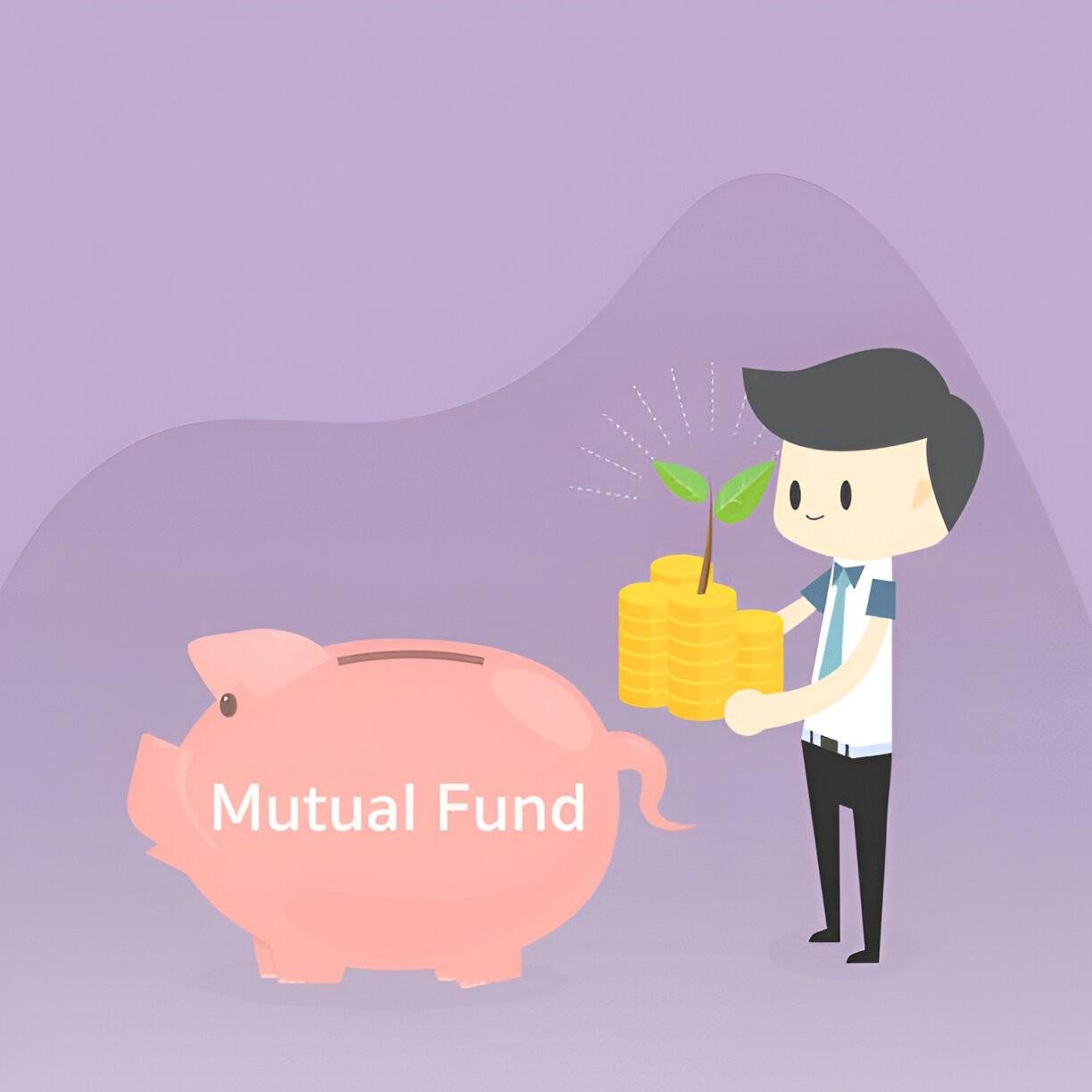Introduction
As a finance expert, I often get asked whether aggressive mutual funds make sense for long-term investing. The answer isn’t simple—it depends on risk tolerance, financial goals, and market conditions. In this article, I’ll break down the mechanics of aggressive mutual funds, their performance over time, and whether they fit into a long-term investment strategy.
Table of Contents
What Are Aggressive Mutual Funds?
Aggressive mutual funds are high-risk, high-reward investment vehicles that primarily invest in equities with high growth potential. These funds often focus on:
- Small-cap and mid-cap stocks – Companies with high growth potential but higher volatility.
- Sector-specific bets – Technology, biotech, or emerging markets.
- Leveraged positions – Using derivatives or borrowed capital to amplify returns.
Unlike conservative funds that prioritize stability, aggressive funds aim for maximum capital appreciation, even if it means enduring short-term volatility.
Why Consider Aggressive Funds for Long-Term Investing?
1. Higher Expected Returns
Historically, equities outperform bonds and cash over long periods. The Capital Asset Pricing Model (CAPM) suggests that higher risk should lead to higher returns:
E(R_i) = R_f + \beta_i (E(R_m) - R_f)Where:
- E(R_i) = Expected return of the investment
- R_f = Risk-free rate (e.g., Treasury bonds)
- \beta_i = Beta (measure of volatility relative to the market)
- E(R_m) = Expected market return
Aggressive funds typically have a high beta (\beta > 1), meaning they should, in theory, deliver higher returns than the market over time.
2. Power of Compounding
Long-term investing benefits from compounding. Even if an aggressive fund has volatile years, strong compounding can smooth out returns.
Example:
- Initial Investment: $10,000
- Annual Return: 12% (aggressive fund) vs. 7% (conservative fund)
- Time Horizon: 30 years
Using the compound interest formula:
A = P \times (1 + r)^t- Aggressive Fund: A = 10,000 \times (1 + 0.12)^{30} = \$299,599
- Conservative Fund: A = 10,000 \times (1 + 0.07)^{30} = \$76,122
The aggressive fund yields nearly 4x more over three decades.
3. Diversification Reduces Risk
While aggressive funds are riskier, holding them in a diversified portfolio mitigates some risk. A mix of:
- 60% Aggressive Growth Funds
- 30% Large-Cap Index Funds
- 10% Bonds
Can balance growth and stability.
Risks of Aggressive Mutual Funds
1. Higher Volatility
Aggressive funds can swing wildly. During the 2008 financial crisis, some lost 50% or more, while conservative funds dropped less.
2. Higher Expense Ratios
Many aggressive funds charge 1.5%–2.5% annually due to active management, eating into returns.
3. Behavioral Risks
Investors often panic-sell during downturns, locking in losses. Long-term commitment is crucial.
Historical Performance: Case Studies
1. The Tech Boom and Bust (1995–2005)
- Aggressive Tech Funds (1995–2000): Some gained 100%+ annually.
- Dot-Com Crash (2000–2002): Many lost 80%+.
- Long-Term Holders (1995–2005): Still outperformed S&P 500.
2. Post-2008 Recovery
- Small-Cap Funds (2009–2021): Delivered 15%+ CAGR vs. 13% for S&P 500.
Who Should Invest in Aggressive Funds?
| Investor Profile | Suitability |
|---|---|
| Young professionals (20s–30s) | High (long time horizon) |
| Pre-retirement (50s) | Moderate (mix with stable assets) |
| Conservative retirees | Low (prioritize capital preservation) |
Final Verdict: Are Aggressive Funds Worth It?
If you:
- Have a 10+ year horizon,
- Can stomach short-term losses,
- Believe in market growth over time,
Then yes, aggressive mutual funds can be a powerful long-term investment. However, they should only be a portion of a diversified portfolio.





